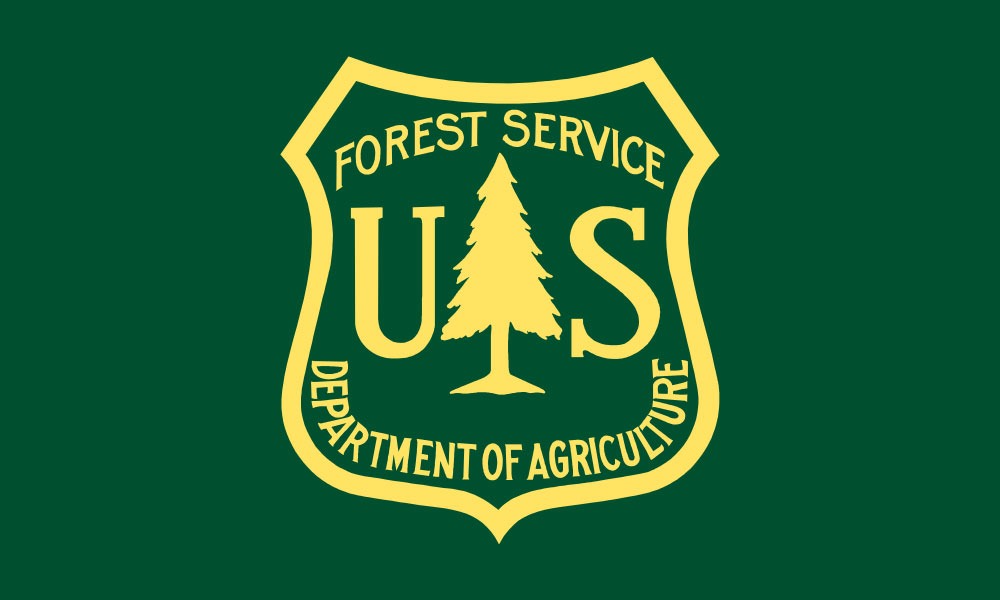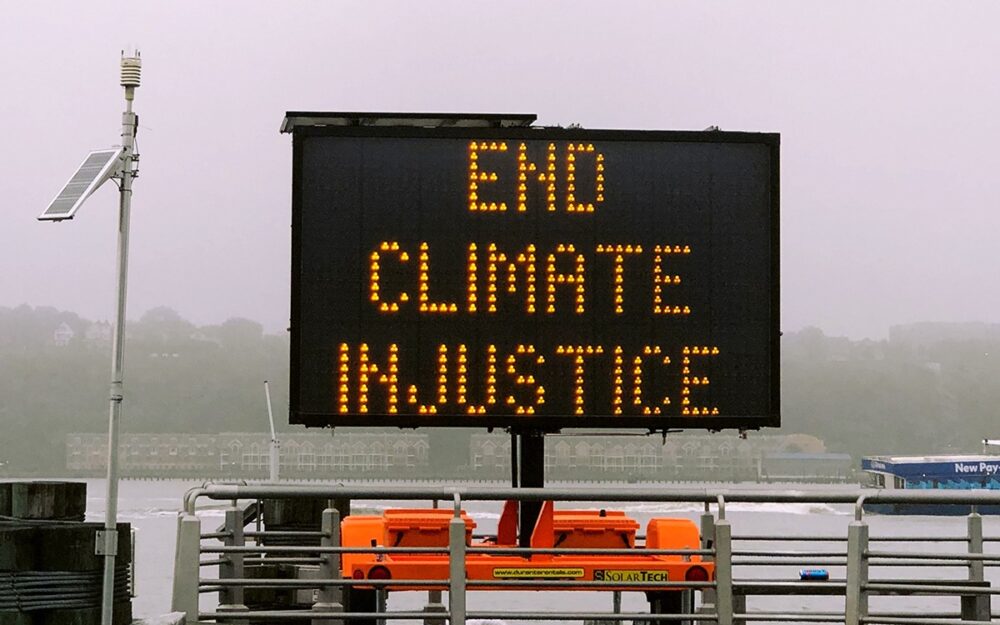
June 15, 2020; NPR and Politico
The question before the US Supreme Court seemed easy enough: Does a “trail” count as “land”? NPQ dissected this not-so-simple environmental dispute in February 2020 when the Court heard arguments. On Monday, as the LGBTQ community exploded in celebration of the Court’s 6–3 decision on employment equality, the environmental community was more subdued, saddened by a 7–2 decision that overturned one part of a lower court decision that had blocked construction of the Atlantic Coast Pipeline, which would cross hundreds of feet underground beneath the Appalachian Trail that runs through the George Washington National Forest.
For the seven Justices in the majority, the dispute seemed to come down to two federal agencies: the US National Park Service (NPS), which oversees the Appalachian Trail, and the US Forest Service, which administers the national forests that the trail (and the proposed pipeline) would pass through. The Park Service is an agency within the Department of the Interior, and the US Forest Service is administered under the Department of Agriculture. While this case has been working its way through the court system, the Trump administration has been trying to fast-track such pipelines via executive orders that would waive environmental reviews in order to boost the economy. Now, the Supreme Court has weighed in on one aspect of this multifaceted dispute.
The court seemed to view this like two neighbors working out a means to allow some sort of passthrough on one another’s property. As Justice Clarence Thomas states, writing for the majority, “If a rancher granted a neighbor an easement across his land for a horse trail, no one would think that the rancher had conveyed ownership over that land.”
Justice Thomas views this as a rather amicable agreement between the two agencies. He concludes, “Sometimes a complicated regulatory scheme may cause us to miss the forest for the trees, but at bottom, these cases boil down to a simple proposition: A trail is a trail, and land is land.”
Sign up for our free newsletters
Subscribe to NPQ's newsletters to have our top stories delivered directly to your inbox.
By signing up, you agree to our privacy policy and terms of use, and to receive messages from NPQ and our partners.
For those who brought this case, the Cowpasture River Preservation Association and other environmentalists, the fight does not end with this decision. Duke Energy and Dominion Energy will still face a number of court fights before they can garner all the permits and authorizations needed to build this pipeline. This was one of four cases that had been brought to fight this pipeline, and there are other issues, including how the pipeline may affect habitat for several endangered species that live along the trail, that could be disputed. The appeal to the US Supreme Court was only for one of four Forest Service permits that the Fourth Circuit Court of Appeals revoked. Three remain in force.
“It’s been six years since this pipeline was proposed, we didn’t need it then and we certainly don’t need it now,” says Dick Brooks of Cowpasture River Preservation. “Today’s decision doesn’t change the fact that Dominion chose a risky route through protected federal lands, steep mountains, and vulnerable communities.”
Anyone who has walked the Appalachian Trail would tell you it is not for the faint of heart. Neither is this fight. Stay tuned.—Carole Levine
Correction: This article has been altered from its initial form to correct the position of the NPS in the federal hierarchy. NPQ regrets the error.













